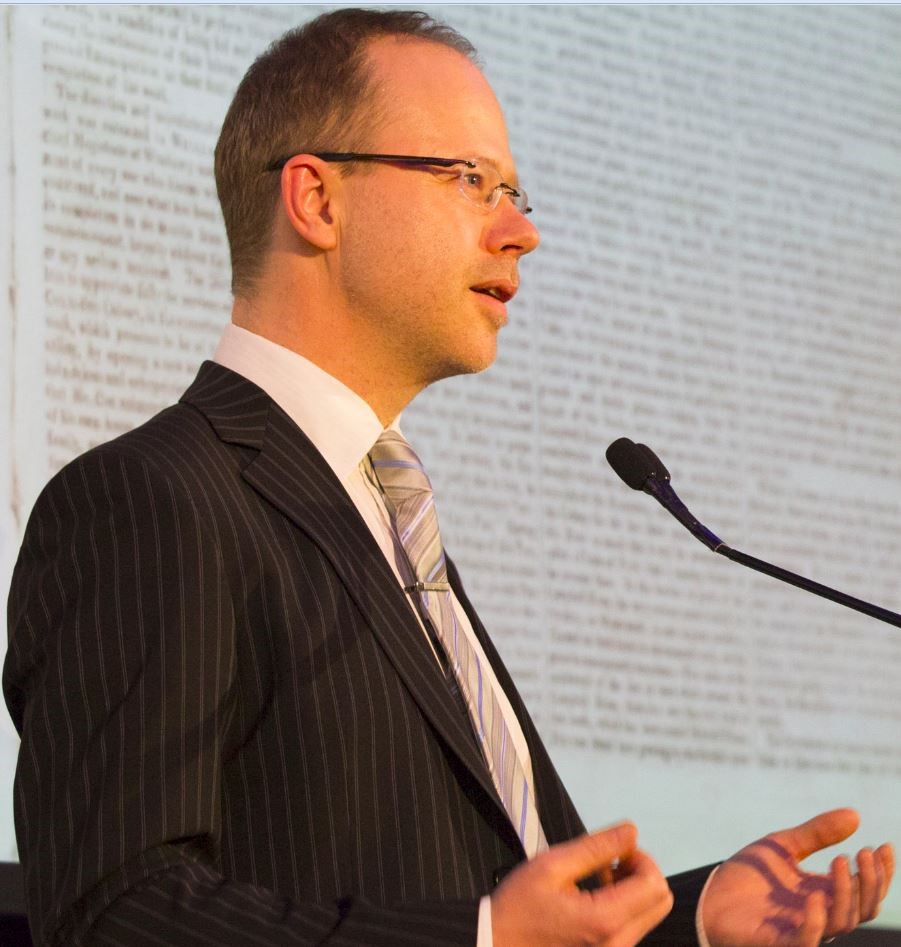» Next Entries
The Archives
-
Communication and Media Studies, Digital Scholarship, Historical Studies, Humanities
Experimental Histories
25.01.07 | Permalink | Comments Off on Experimental HistoriesInteractive digital technologies are transforming the processes of research and production across all major academic disciplines. The changes are most significant in traditional disciplines. In that of history, online public access to digitised historical resources has meant that the materials of history are now available to anyone who has access to the internet. Previously, the study of archives was only open to the dedicated specialist with access to the world’s major library collections. Digital technologies have not only enhanced access to resources, but they are also enabling the development and growth of new kinds of content delivery and new modes of historical narration. Although the book is not likely to be superseded any time soon, the book now competes with experimental digital works that are relating history in new and highly interactive ways.
-
Communication and Media Studies, Cultural Studies, Digital Scholarship, Historical Studies
Hypermedia History: Changing Technologies of Representation
25.11.06 | Permalink | Comments Off on Hypermedia History: Changing Technologies of RepresentationTechnologies of representation are not just instruments of recording and reporting. Their basic attributes determine what it is actually possible to conceptualise, capture and articulate. Photography, to take a classic example, transformed people’s outlook on the world because it could provide an unrivalled visual framing of actuality. It had no equivalent in the prior traditions of visual communication. Technological invention spurs social change. By focussing on ‘technologies of representation’ I am not only concerned with the technological means that underpin specific forms of representation, although these fundamentally define the range of options available, but also with the ways of seeing and understanding that they open up. Tomas describes these beautifully as “a new type of amniotic environment for vision”.
-
Communication and Media Studies, Cultural Studies, e-Research, Humanities
Multimedia and the Narrative Frame
25.07.06 | Permalink | Comments Off on Multimedia and the Narrative FrameJanet Murray’s Hamlet on the Holodeck (1997), a landmark text written nearly a decade ago, set out to investigate the potential for interactive story forms at a time when digital interactivity was, for the first time, in the hands of the mainstream. Her book, which analyses a range of non-linear narrative models, continues to inspire those who wish to imagine the future of digital narrative textuality. The study of interactive narrative is now a vast field in its own right. Today there is extensive, vibrant debate on the evolution of digital narrative story forms, with theoretical commentary coming from perspectives as diverse as new media theory, literary studies, cinema studies, media arts and humanities computing.
-
Communication and Media Studies, Digital Scholarship, e-Research, Historical Studies
Interactive Histories
25.10.05 | Permalink | Comments Off on Interactive HistoriesIn this paper I discuss broad concepts that are at the centre of debates in the digital history field. The discussion ranges over four key concepts: digital interactivity, narrative, content and form. Digital interactivity is a shifting concept, the changes in its meaning directed by technological change. Narrative, which continues to be the primary mode for the telling of history, is gaining new meanings as interactive modes prompt the question of what can be considered ‘narrative’ and what cannot. Particular kinds of historical content lend themselves more readily to interactive representation, but to discuss this is to acknowledge that what counts as ‘history’ has been expanded immeasurably over the past decades. Finally, the many hybrid forms being utilised in the digital history field requires that new critical frameworks be developed to help theorise and differentiate those forms.
» Next Entries






